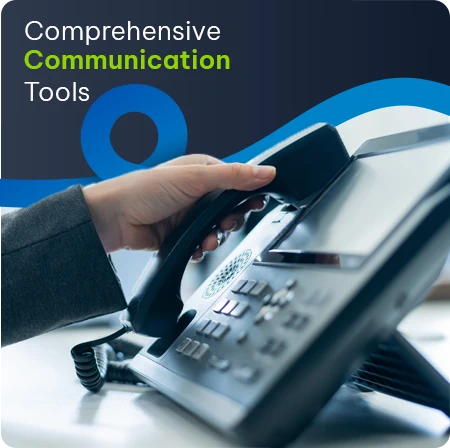By Poena van Heerden, Senior Product Manager IoT, Vox
As South Africans become increasingly tech savvy, the reality is that they are also looking at ways to make their homes smarter in order to increase convenience and enhance safety by using a wide variety of DIY Internet of Things (IoT) sensors that can be easily connected, and their data viewed remotely.
Sensors are becoming smaller and cheaper, but with increased capability, lower power usage and durability and it is predicted that there could be 22 Billion connected devices by 2025. Although the Industrial IoT market is well established, an increase of sensors and solutions in the consumer market is expected, to enhance safety, cost saving and convenience.
A further enhancement to the above is the availability of IoT specific networks, such as the Sigfox Network that is operated by Sqwidnet, which provides coverage across 93% of the South African population. The availability of these networks eliminates the installation of home or business networks. Combine this with low powered, user replaceable batteries, that eliminates power outages, the user can view – the IoT devices without any restrictions.
The variety of sensors that are available in the market varies in complexity to suit all requirements, which can be for industrial, commercial or residential purposes. Using an IoT mobile application or web application, the user has the capability to change certain measurable parameters or conditions on the sensors, via the IoT Network. The information received from the sensors can be viewed, analysed, and trigger an alarm to assist the user to react to a condition and make a decision where necessary.
These easy-to-install sensors provide users with flexibility in that sensors can be moved to suit changing conditions or requirements. Some basic sensors that are available to the consumer market include Smoke Detection, Water Leak Detection, Door Open /Closed Sensors, AC Power On/Off, Temperature sensors with a minimum and maximum setting, Vibration sensors as well as GPS tracking sensors.
Consumer IoT as a service
At its most basic level, an IoT solution comprises three main components: sensors, a data transmission network, and a platform to analyse and view the information. More complex IoT solutions are also available in the market, with a level of Artificial Intelligence (AI) that integrates with other automated components to achieve the desired outcome, such as automated switching on of lights when dark or temperature control, etc.
Whilst IoT is still in its infancy stages (compared to other similar technologies), the use of IoT was predicted many years ago and can be associated with the following statements:
1926: Nikola Tesla – “When wireless* is perfectly applied the whole earth will be converted into a huge brain, which in fact it is, all things being particles of a real and rhythmic whole………and the instruments through which we shall be able to do this will be amazingly simple compared with our present telephone. A man will be able to carry one in his vest pocket.”
*not the 802.11 version
1950: Alan Turing wrote an article “It can also be maintained that it is best to provide the machine with the best sense organs that money can buy, and then teach it to understand and speak English. This process could follow the normal teaching of a child.”
We live in a connected world, and people are looking for ways to use IoT and other smart devices to increase convenience and safety, improve energy efficiency and even save on costs. Given the way in which these sensors work, they can be used for multiple purposes across the home. The use cases are numerous and are only limited by the user’s imagination.












